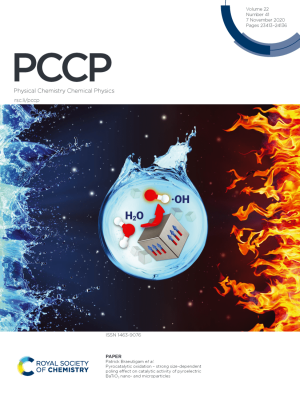The Stelter Group
Water technology, cavitation and renewable resources
The Chair of Technical Environmental Chemistry is concerned with various environmental issues and the research and development of appropriate technical-chemical solutions. The research is basic and application-oriented and focuses on water technology, cavitation and renewable resources. The research group at the chair is headed by Dr. Patrick Bräutigam.
The research concentrates on different processes in the field of water technology. Advanced Oxidation Processes are to be mentioned among others. Besides cavitation and electrochemical, photo-(kata)-lytic and pyro- or piezoelectrocatalytic processes, classical processes such as Fenton, ozonation or oxidation with hydrogen peroxide as well as combinations of these are researched and further developed. Furthermore, the use of ceramic membranes in the field of micro-, ultra- and nanofiltration and sorption processes as well as combinations of these for various applications is being investigated.
Anthropogenic (micro) pollutants such as pharmaceutical residues and industrial chemicals are also in the focus of the research group. Besides the efficient and removal, the detection and quantification of these and the elucidation of the transformation products resulting from oxidative/reductive/microbiological material conversion processes as well as the kinetics of the processes and the (eco-)toxicological evaluation are of great interest.
In addition, research also focuses on the further development and optimisation of cavitation processes. This includes comparative studies of generation processes, their technological application potential and energy efficiency as well as the development and optimization of combination processes with e.g. electrochemical or photochemical conversions. Cavitation phenomena have a wide range of applications, since they can initiate, intensify or activate different processes, including the conversion of renewable raw materials to energy sources (biodiesel, biogas), the synthesis of catalysts and the coating of textiles.
More recent topics include chemical-free continuous COD determination, the use of artificial intelligence methods for predicting degradability in technical treatment processes, the generation of hydrogen using pyro- or piezoelectrocatalysis, textile functionalisation and the recovery of valuable substances from wastewater.
